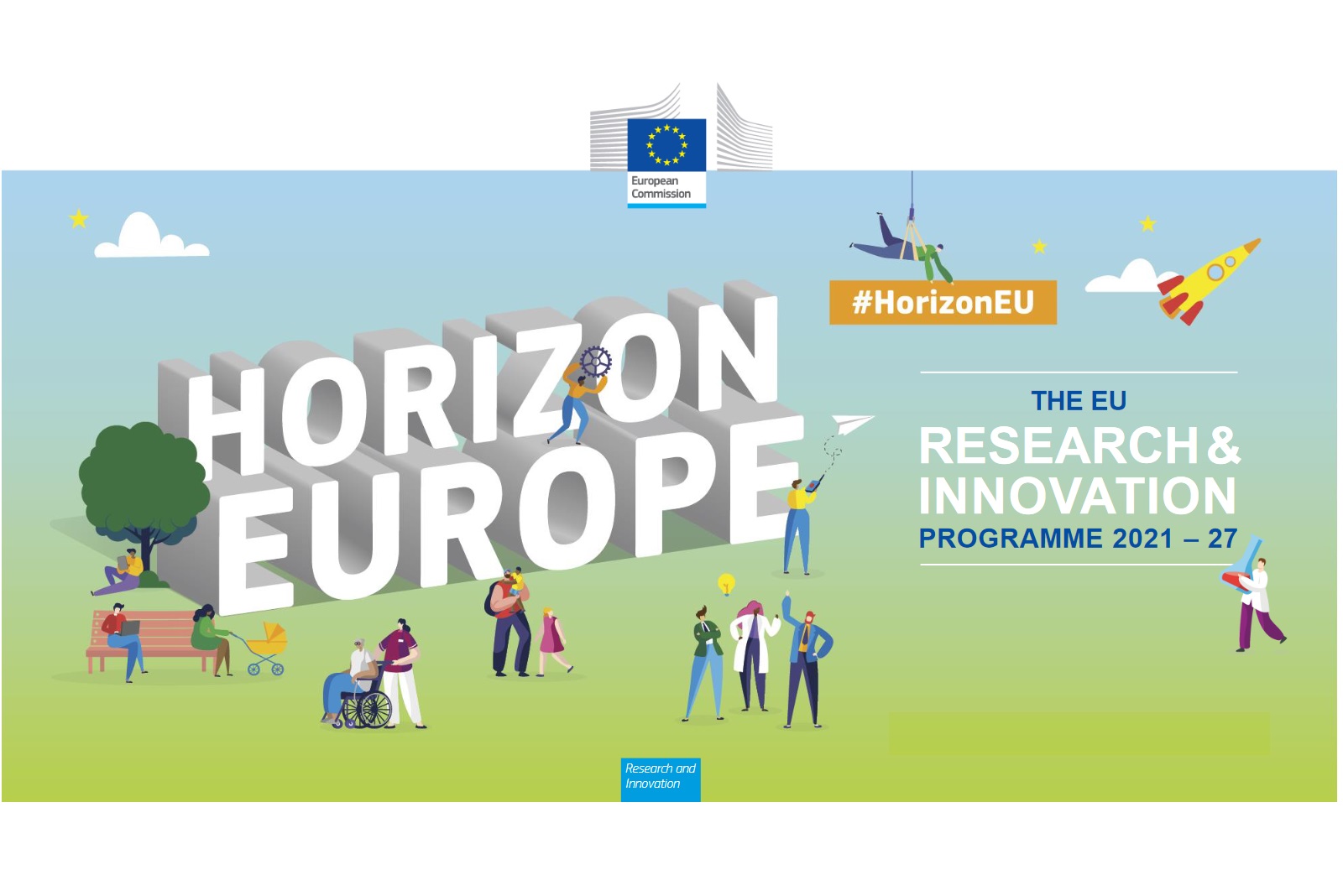
Today the amount of end-of-life (EoL) batteries from e-mobility and stationary applications is still limited. Moreover, EoL batteries are not standardised (form, chemical composition, etc.) and consequently, their management and recycling are mainly based on manual process. This increases risk of accidents as the integrity of the batteries / cells is no longer guaranteed.
Within next several years, the amount of EoL batteries will surge, transforming the recycling and battery value chain in general. It is important to develop efficient recycling chain and processes able to meet these upcoming amounts of diversified waste streams. A general approach to recycling should thus be reconsidered and new sustainable recycling chain for batteries should be established, in terms of introducing novel approaches to products, processes and keeping in mind their socio-economic viability and environmental impact.
It will require new upscaleable techniques and concepts for collection, logistics, and automatisation in sorting, dismantling and second use before recycling.
Proposals are expected to cover all aspects below:
- Development of standardized common diagnostics protocols and cut-off criteria between product (2nd life application) and waste (recycling).
- Elaborate critical stage of diagnosis of batteries as a waste-prevention measure in order to define which batteries or components of batteries are still considered fit for a second life application.
- Automate the dismantling of E-mobility and stationary batteries, reducing costs by avoiding manual work and improving sorting of parts for their replacement or preparation for recycling allowing the selective extraction of materials including the cathode and anode materials which for certain Li-chemistries lead to a higher value creation for the downstream recyclers.
- Development of novel safe dismantling processes and safety procedures along all steps of EoL management chain with focus on battery burning process (thermal runaway), identification of Limiting Oxygen Index (LOI) and Lower Explosive Limits (LEL).
- Development of technologies preventing or reducing thermal runaway during transportation, storage and dismantling of batteries.
- Design and demonstration of standardized and cost-efficient storage and transportation containers with visual and thermal load monitoring systems and, if necessary, inert atmosphere or other measures reducing risk of fire or thermal runaway.
- Development of technologies for fast and efficient discharge of used batteries, connected with energy recovery, possibly integrated with SoH diagnostic equipment, with flexible connectivity and adjustable to various kinds of batteries.
- Development of standardized battery labelling system enabling all interested parties to automatically obtain necessary data on each battery. Potential integration of labelling system with battery passport database project and with labelling systems from other regions of the world (e.g. China). Identification of necessary data that should be included into labelling and battery passport projects.
- Research on batteries sorting and dismantling technologies, particularly automated sorting including machine learning applicable to small and EV batteries.
- Identify all potential risks and develop safe processes and safety procedures to reduce accidents.
This topic implements the co-programmed European Partnership on ‘Towards a competitive European industrial battery value chain for stationary applications and e-mobility’.

